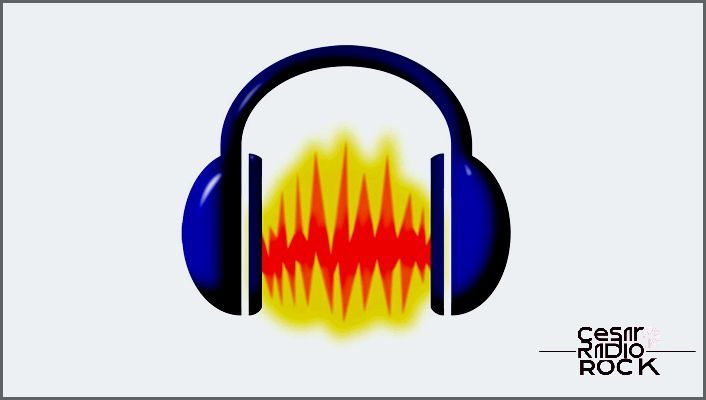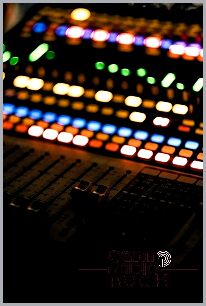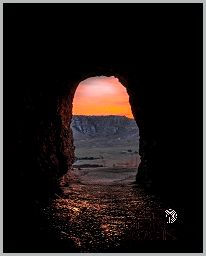Adding an Echo Effect in Audacity: A Simple Guide
Hey there! Today, I’ll be sharing with you a quick and easy way to add an awesome echo effect to your audio using Audacity. So, let’s get started!
First things first, make sure you have Audacity up and running on your computer. If you don’t have it yet, no worries! You can easily download and install it for free.
Now, once you have Audacity open, follow these simple steps:
Step 1: Import Your Audio
Click on “File” in the upper menu, then select “Import” and choose the audio file you want to add the echo effect to. It might take a moment to load, but be patient.
Step 2: Select the Region
Now, find the portion of the audio where you want the echo effect to be applied. You can use the selection tool to highlight the specific region.
Step 3: Apply the Echo Effect
Next, go to the upper menu and click on “Effect.” Scroll down and select “Echo” from the drop-down menu. A new window will pop up with various options to customize your echo effect.
Step 4: Adjust the Echo Settings
Play around with the settings in the Echo window to find the perfect echo effect for your audio. You can change the delay time, decay factor, and other parameters to achieve the desired sound. Don’t be afraid to experiment!
Step 5: Preview and Fine-Tune
Once you’re happy with the settings, hit the “Preview” button to listen to a preview of the echo effect. If you need to make further adjustments, go back to Step 4 and tweak the settings until you’re satisfied.
Step 6: Apply the Echo
Finally, click on “OK” in the Echo window to apply the effect to your selected region. You’ll see the echo effect being added to your audio waveform.
That’s it! You’ve successfully added an echo effect to your audio using Audacity. Feel free to reapply these steps to other regions of your audio or experiment with different settings to explore various echo effects.
Remember, practice makes perfect. Don’t be afraid to play around with Audacity and discover what works best for you. Have fun creating amazing audio projects with the echo effect!

If you’ve ever worked with audio editing before, chances are you’re familiar with Audacity. It’s a fantastic free software for editing audio, and it works on multiple platforms like Linux, macOS, and Windows.
If you’ve just started using Audacity or aren’t quite sure how everything works, you might have a question: How do I add echo? Well, you’re in the right place. Keep reading, and I’ll show you how.
Adding echo is possible in Audacity on any platform, but for this example, we’ll focus on Windows 10.
Getting Started
First things first: you’ll need to download Audacity onto your computer. Click on the link provided and choose the appropriate download option for your platform. Keep in mind that Audacity no longer supports Windows XP, but it still works with Windows 7, 8, and 10.
Unfortunately, there isn’t a version available for macOS Catalina (10.15) yet. If you have an older operating system, you can visit one of the legacy download pages for Mac or Windows.
Once you’ve successfully downloaded and installed Audacity on your computer, there’s just one more thing to do. Prepare the audio file you want to edit. Make sure it’s saved on your computer because you’ll need to upload it directly from your storage. You can’t import files from external sources or websites.

How to Add Echo
Hey there! Let’s talk about how to add an awesome echo effect to your audio tracks using Audacity. Don’t worry, it works the same on other platforms too. Audacity may seem a bit complex at first, but trust me, it’s actually pretty user-friendly with its intuitive interface and powerful editing features.
Now, let me guide you through the steps to add an echo in Audacity:
- First things first, open Audacity on your computer.
- Look for the File tab in the top-left corner of your screen and give it a click.
- In the dropdown menu, click on Import and then select Audio. If you’re on Windows, you can also use the shortcut CTRL + Shift + I.
- Once your audio file loads, choose the specific time stamps for the part of the track where you want to add the echo effect.
- Now comes the fun part! Click on the Effect tab at the top-left corner of the screen.
- In the dropdown menu, select Echo.
- Here’s where you can tweak the effect to your liking. Choose the Delay time (in seconds) and the decay factor (a decay factor of 1 means no decay). The default decay factor of 0.5 usually works pretty well. And don’t worry, the volume of your track will stay the same even with the echo effect.
- Now, let’s have a preview of the changes you’ve made. Just click on Preview and listen closely. If you’re satisfied with your echo effect, press OK to save the changes.
If you want to get creative, you can even create an audio loop by setting the decay factor to 1. Feel free to experiment with the echo settings and have some fun!
How to Add Delay
While adding echo is cool, you might want to explore other effects too. One such effect is delay, which can add an interesting touch to your audio. After you’ve imported your audio file, head to the Effects tab once again and choose Delay. You’ll find three types of delay to play around with.
The first type is fixed delay, which keeps the delay consistent over time. Then there’s the bouncing ball option, where the delay becomes quicker with time. Lastly, we have the reverse bouncing ball, which starts with a quick delay and gradually slows down, creating a periodic delay increase.
Now, let’s talk about the technical stuff. The decay amount represents the volume in decibels, while the time of the delay determines the pause between each delay. You can also set the pitch change per echo to be positive or negative. When it’s negative, the pitch goes down with each repetition, and vice versa.
The delay effect pairs wonderfully with echo, and when combined, they create fantastic sounds. Many famous blues, pop, and rock guitarists swear by this combination.
How to Add Reverb
Reverb is an essential effect you can add to your audio tracks in Audacity. It’s a bit more complex, as there are many different types of reverb to choose from. The best way to get a feel for it is to experiment on your own. You can find the reverb effect under the Effects tab when you’re working with an audio track in Audacity.
When it comes to the settings for the reverb effect, there are quite a few options to play around with. You can adjust the room size and type, which will increase the depth of the reverb as you go bigger. Other parameters include reverb time, damping, input bandwidth, dry signal level, early reflection level, and tail level.
Perfecting the reverb effect in Audacity takes time and practice, so don’t get discouraged. Keep experimenting until you achieve that smooth, refined sound you’re aiming for.

Echo, Echo, Echo!
Do you ever wonder about echoes? They’re pretty fascinating. You can hear them bouncing off the walls of caves and vast halls. And guess what? They’re also used a lot in music. Musicians love playing around with delay and reverb to create cool effects.
If you’re interested in trying these effects out in Audacity, we can give you some tips. But here’s the thing – mastering them is all up to you. It’s your creativity and experimentation that will take you to the next level.
So, what kind of music do you like to work on in Audacity? Do you compose your own songs or do you find inspiration from other artists? We’d love to hear from you in the comments below.
